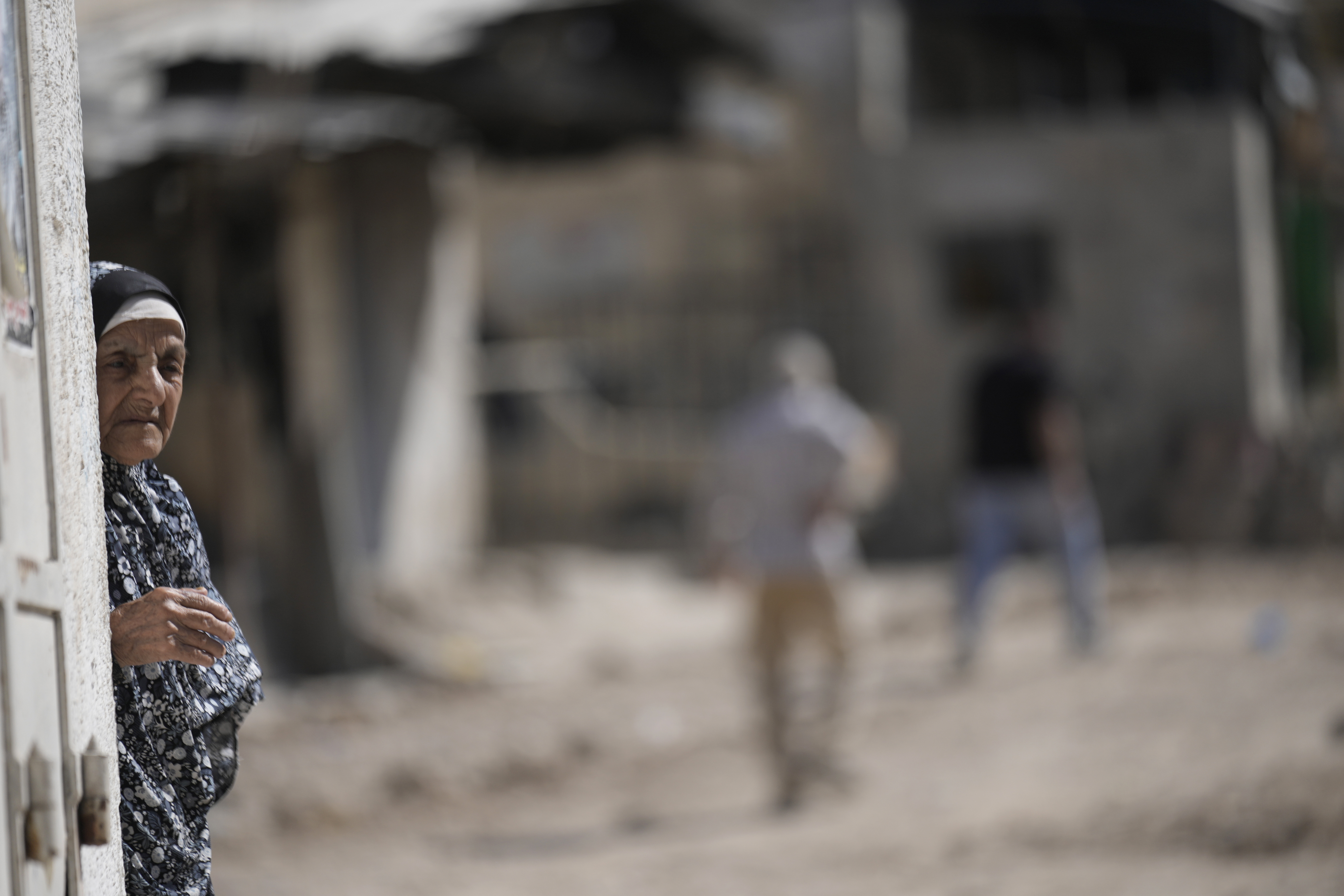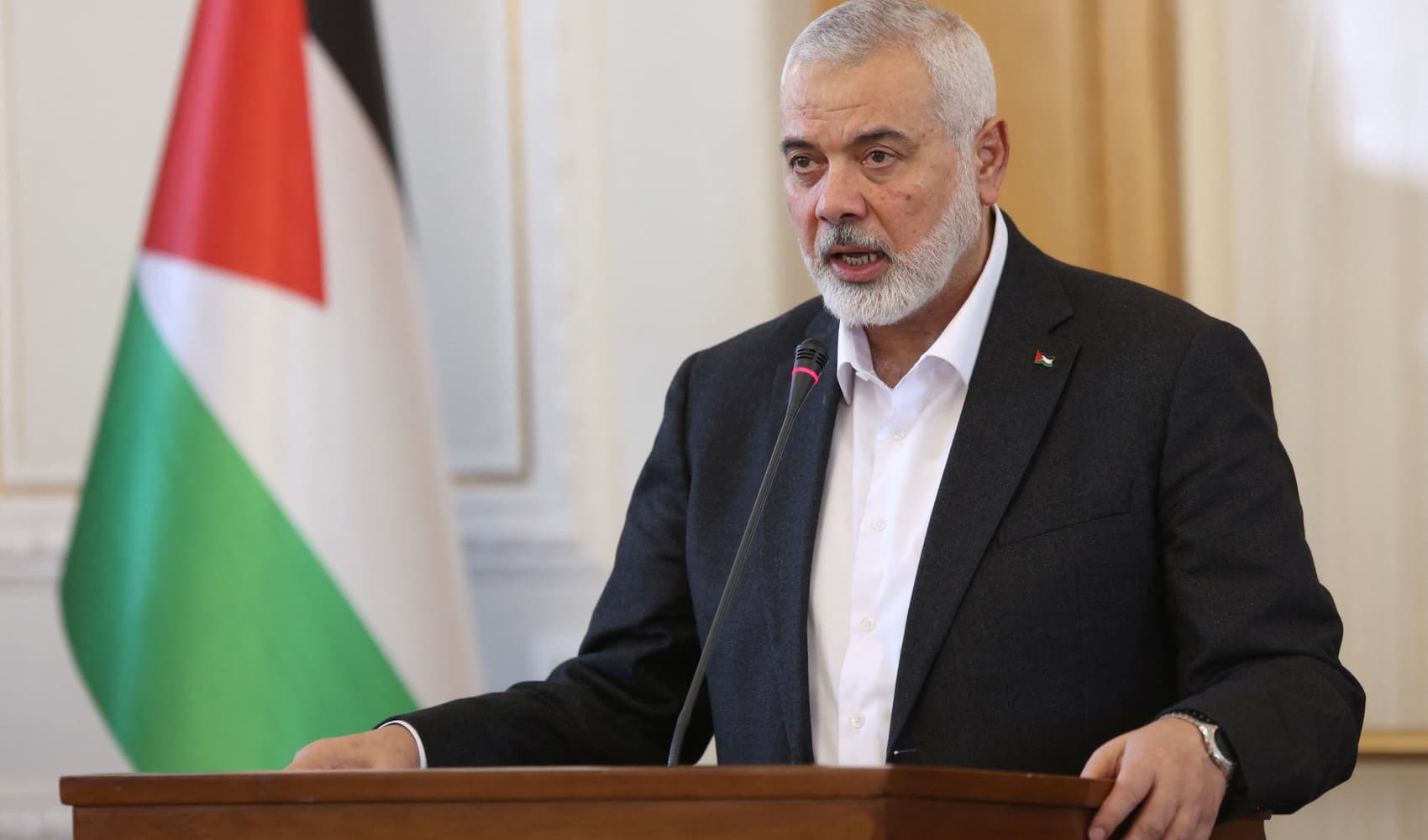
This photo taken on July 23, 2024 shows a sunset view of the Opera House and the Harbor Bridge in Sydney, Australia.
The Australian government on Monday elevated the nation’s terrorism threat alert level from “possible” to “probable,” citing concerns about increasing radicalization among young people and community tensions over the Israel-Hamas war.
It is the first time the threat level has been elevated to the midpoint of the five-tier National Terrorism Threat Advisory System since November 2022. The level had been “probable” the previous eight years.
But Prime Minister Anthony Albanese added that while government officials think the current climate makes terrorism an increased danger, they didn’t know of any specific threats.
“I want to reassure Australians probable does not mean inevitable, and it does not mean there is intelligence about an imminent threat or danger,” Albanese told reporters.
We've got the news you need to know to start your day. Sign up for the First & 4Most morning newsletter — delivered to your inbox daily. >Sign up here.
He said the government was acting on the advice of the Australian Security Intelligence Organization, the nation’s main domestic spy agency known as ASIO.
“The advice that we’ve received is that more Australians are embracing a more diverse range of extreme ideologies and it is our responsibility to be vigilant,” Albanese said.
“We’ve seen a global rise in politically motivated violence and extremism. Many democracies are working to address this, including our friends in the United States and in the United Kingdom. There are many things driving this global trend towards violence. Governments around the world are concerned about youth radicalization, online radicalization and the rise of new mixed ideologies.”
Australian authorities last declared a terrorist act in April — a classification that that allows greater resourcing of a law enforcement response — when a 16-year-old boy was accused in the stabbing of a Sydney bishop while a church service was being livestreamed.
ASIO director-general Mike Burgess said more Australians are being radicalized more quickly.
“More Australians are embracing a more diverse range of extreme ideologies and more Australians are willing to use violence to advance their cause,” Burgess said,
“Politically motivated violence now joins espionage and foreign interference as our principal security concerns. These factors make ASIO’s job more difficult. The threats are becoming harder to predict and identify,” he added.
Burgess said the Australian public should be aware of the degraded security environment but not frightened.
“A threat level of ‘probable’ means we assess there is a greater than 50% chance of an onshore attack or planning in the next 12 months,” Burgess said. “It does not mean that we have intelligence about the current attack planning or expectation of an imminent attack.”
The threat level was reduced in 2022 after the Islamic State group's territorial losses in the Middle East led to fewer investigations of extremists plotting attacks in Australia, he said.
But political polarization, intolerance and anti-authority beliefs began to build with the COVID-19 pandemic and has accelerated since the Hamas attack on Israel last year, further undermining social cohesion, he said. ASIO had successfully disrupted 24 planned extremist attacks in Australia since 2014.
There were eight attacks or planned attacks in the past four months investigated as potential terrorist acts. The suspects were age 14 to 21, underscoring a surge in youths embracing extremism, Burgess said.
“An escalation of the conflict in the Middle East, particularly in southern Lebanon, would inflict further strain, aggravating tensions and potentially fueling grievances,” Burgess said.
New Zealand’s Prime Minister Christopher Luxon told reporters that his country’s National Terrorism Threat Level would remain at its “low” designation, the second-lowest possible on a five-tier scale.
“Each country makes its own assessment,” Luxon said when asked about the Australian move, adding that New Zealand’s level was last reviewed in February.
The country’s threat level was raised briefly to “high” in the aftermath of the 2019 attack by a lone gunman at two Christchurch mosques that killed 51 people. The level dropped from “medium” to “low” in November 2022 — the same month Australia lowered its designation.
____
Associated Press writer Charlotte Graham-McLay in Wellington, New Zealand, contributed to this report.



